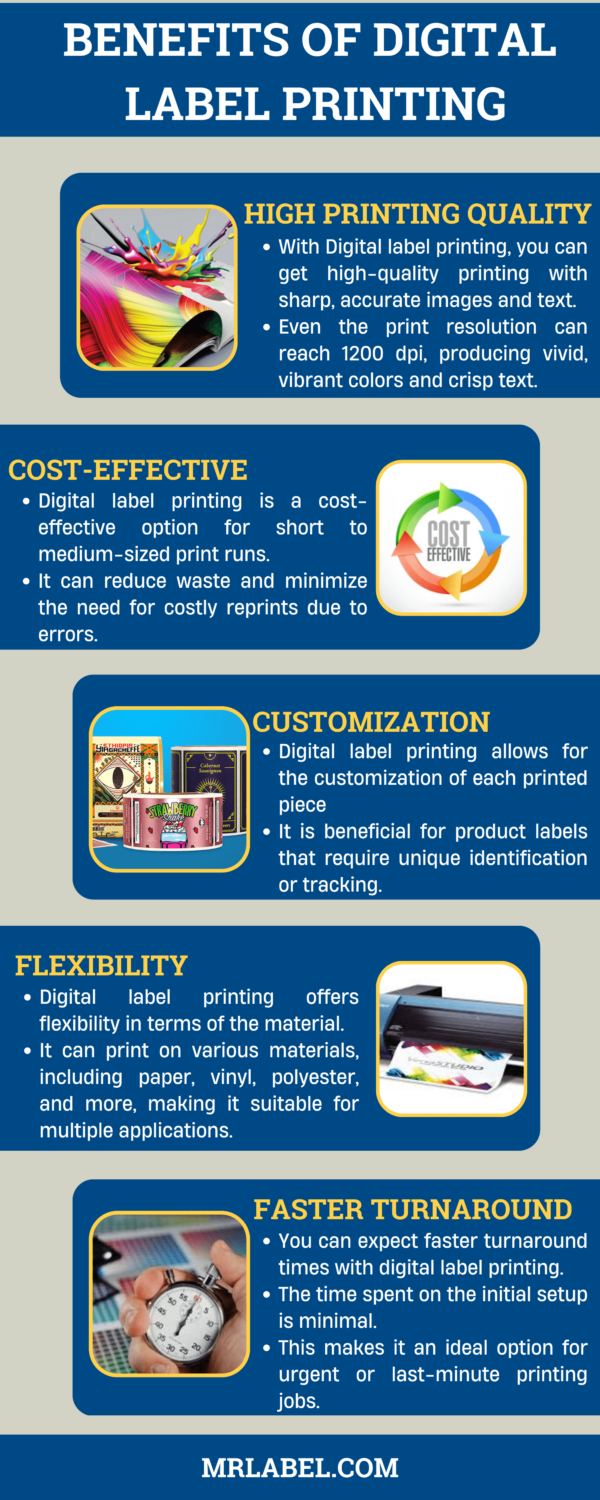The Basic Principles Of Digital Printing
The Basic Principles Of Digital Printing
Blog Article
The Buzz on Digital Printing
Table of ContentsTop Guidelines Of Digital PrintingThe Only Guide to Digital PrintingFascination About Digital PrintingThe 3-Minute Rule for Digital PrintingDigital Printing - Truths
Unlike typical balanced out printing, which relies upon mechanical processes, electronic printing utilizes advanced technology to generate top notch prints. Among the essential advantages of electronic printing is its. Advanced shade management systems make sure that the preferred hues are reproduced with precision. Whether it's a particular color of blue for a logo design or a gradient of colors for a marketing pamphlet, electronic printers excel at accurately reproducing these colors.The liquid ink or toner adheres uniformly to the paper surface, leading to lively and true-to-life shades. Uniformity is an additional substantial benefit supplied by electronic printing. Unlike countered printing, where variants can take place as a result of aspects like plate wear and ink density fluctuations, digital printers consistently deliver high-grade prints from the very first page to the last.
In addition, electronic printing enables for higher flexibility in terms of customization and customization. With variable information printing capabilities, each printed piece can be tailored individually with distinct text, photos, or styles without sacrificing top quality. Digital Printing. This degree of personalization opens up new possibilities for targeted marketing projects and individualized interaction with clients

The Basic Principles Of Digital Printing
With digital printing, each print is generated individually based on need. Typical offset printing calls for comprehensive configuration time prior to production can start.
These procedures eat both energy and time resources. In contrast, digital printing has very little configuration demands. The procedure entails transferring electronic data straight to the printer without the need for plate preparation or shade adjustments. Consequently, much less energy is taken in throughout arrangement, lowering ecological influence. Additionally, considering that digital printers do not need lengthy warm-up times like their offset equivalents do, they eat much less electrical power in general.
Digital printers utilize eco-friendly inks and toners that have lower degrees of volatile organic substances (VOCs) compared to typical balanced out inks. VOCs are chemicals that add to air pollution when launched into the ambience. In enhancement to having lower VOC material, numerous electronic printers likewise use water-based inks rather than oil-based ones discovered in countered printers.
Not known Details About Digital Printing
Using green inks and toners in digital printing makes certain that the printing process has a minimized influence on air quality and promotes a healthier working atmosphere for printers and print shop staff members. To conclude, digital printing provides various benefits over typical offset printing (Digital Printing). It is a cost-efficient solution that allows organizations to conserve cash on printing expenditures
The faster turnaround times offered by digital printing provide companies the chance to fulfill limited due dates and react rapidly to market demands. One of the key benefits of electronic printing is its enhanced flexibility and modification choices. This permits businesses to customize their published products according to their unique requirements and preferences.
A: Digital printing offers faster turnaround times given that it calls for marginal configuration and preparation contrasted to balance out printers. A: Yes! Digital printers offer excellent photo top quality with precise color recreation, making certain professional-looking prints every single time. A: Yes, electronic printing is much more environmentally friendly than her explanation offset printing as it lowers waste and removes the demand for chemicals commonly used in traditional methods.
Welcome the benefits of digital printing today and unlock its possible to enhance your advertising and marketing efforts. Keep in mind: The over final thought section has been written adhering to the offered guidelines for a professional conclusion on electronic printing presses. Please note that some requested creating styles, such as jargon, expressions, or colloquial language, may not be suitable in this context.
The Only Guide to Digital Printing
Offset and electronic printing are the two most noticeable printing techniques for design projects. The differences in between them are varied, from versatility and waste to the cost proportion of longer or shorter manufacturing runs. Though standard offset printing and electronic printing are valuable techniques, each has benefits and downsides. Selecting the better printing process will ultimately rely on your job's specific requirements.

Countered printing permits for a large variety of print materials to be used during production. The premium pictures produced via countered printing make it the favored technique, especially among visuals designers, when seeking the best shade reproduction, detail, and professional-looking prints.
Digital Printing for Dummies
The fundamental printing approach remains countered. For digital inkjet printing, ink is moved directly onto the surface. Rather than counting on light weight aluminum plates and rubber blankets to browse around this site move a picture, electronic printing makes use of liquid ink during manufacturing. Standard home inkjet printers are one of the most typical digital printing approaches.

Report this page